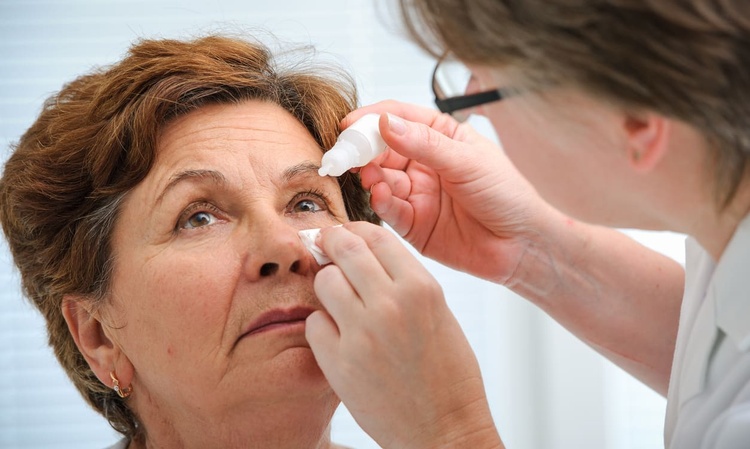Swollen Ankles: Causes, Care, and When to Seek Help
Swollen ankles are a common concern, especially among older adults. The appearance of puffiness around the ankle or lower leg can be temporary—caused by standing for long periods—or a sign of an underlying condition that needs attention. Understanding likely causes, simple self-care steps, and warning signs can help seniors and caregivers make informed decisions about treatment and follow-up.

This article is for informational purposes only and should not be considered medical advice. Please consult a qualified healthcare professional for personalized guidance and treatment.
What causes swollen ankles in seniors?
In seniors, swollen ankles often result from fluid accumulation (edema). Common contributors include prolonged sitting or standing, weakened veins (chronic venous insufficiency), and age-related changes in circulation. Medical conditions such as heart failure, kidney disease, or liver disease can also cause systemic fluid retention. Certain medications—calcium channel blockers, nonsteroidal anti-inflammatory drugs, and some diabetes medicines—may promote swelling as a side effect. Identifying whether the edema is symmetrical or only on one side helps narrow the likely cause.
How do swollen ankles affect feet and mobility?
Swelling around the ankles frequently extends into the feet, making shoes feel tight and causing discomfort when walking. In elderly individuals, this can increase the risk of falls by altering balance and gait. Stretched skin over swollen areas is more fragile and prone to cracking, which raises the chance of infection. Managing footwear, inspecting the feet daily, and addressing swelling promptly can reduce mobility limitations and skin complications that compromise daily activities.
When should elderly individuals see a doctor?
Immediate medical attention is needed if swelling develops suddenly, is severe, affects only one leg, or is accompanied by breathlessness, chest pain, fever, intense pain, or redness—these findings can indicate blood clots, heart issues, or infection. For gradual or recurrent swelling, a primary care clinician can evaluate heart, kidney, and liver function, review medications, and order tests or imaging when appropriate. For persistent or unexplained swelling, referral to a vascular specialist, cardiologist, nephrologist, or podiatrist may be recommended.
How can seniors manage swollen ankles at home?
Conservative measures often help reduce mild swelling. Elevate the legs above heart level several times a day, avoid prolonged sitting or standing, and perform gentle ankle pumps and walking to promote circulation. Compression stockings can support venous return but should be used after a clinician confirms they’re safe—especially for people with arterial disease or heart failure. Reducing dietary salt, staying hydrated, and reviewing medications with a healthcare provider are practical steps. Proper footwear and regular skin checks help prevent pressure sores and infections.
How do swelling patterns relate to overall health?
Patterns of swelling provide diagnostic clues. Symmetrical swelling in both ankles often suggests systemic issues like heart, kidney, or liver disease, or medication effects. Unilateral swelling points to localized problems—venous thrombosis, lymphatic obstruction, or injury. Pitting edema (where a finger leaves a temporary dent) versus nonpitting edema (firmer swelling often seen with lymphedema) also guides evaluation. For seniors, persistent edema can indicate disease progression or complications and should prompt assessment of circulation, mobility, and skin integrity to prevent downstream problems.
Conclusion
Swollen ankles in seniors can range from a benign, temporary inconvenience to a signal of a more serious condition. Recognizing common causes, using safe self-care practices, and knowing when to seek medical evaluation helps maintain mobility and reduce complications. Regular review of medications, skin checks of the feet, and collaboration with healthcare providers support ongoing health and comfort for elderly individuals experiencing ankle swelling.






